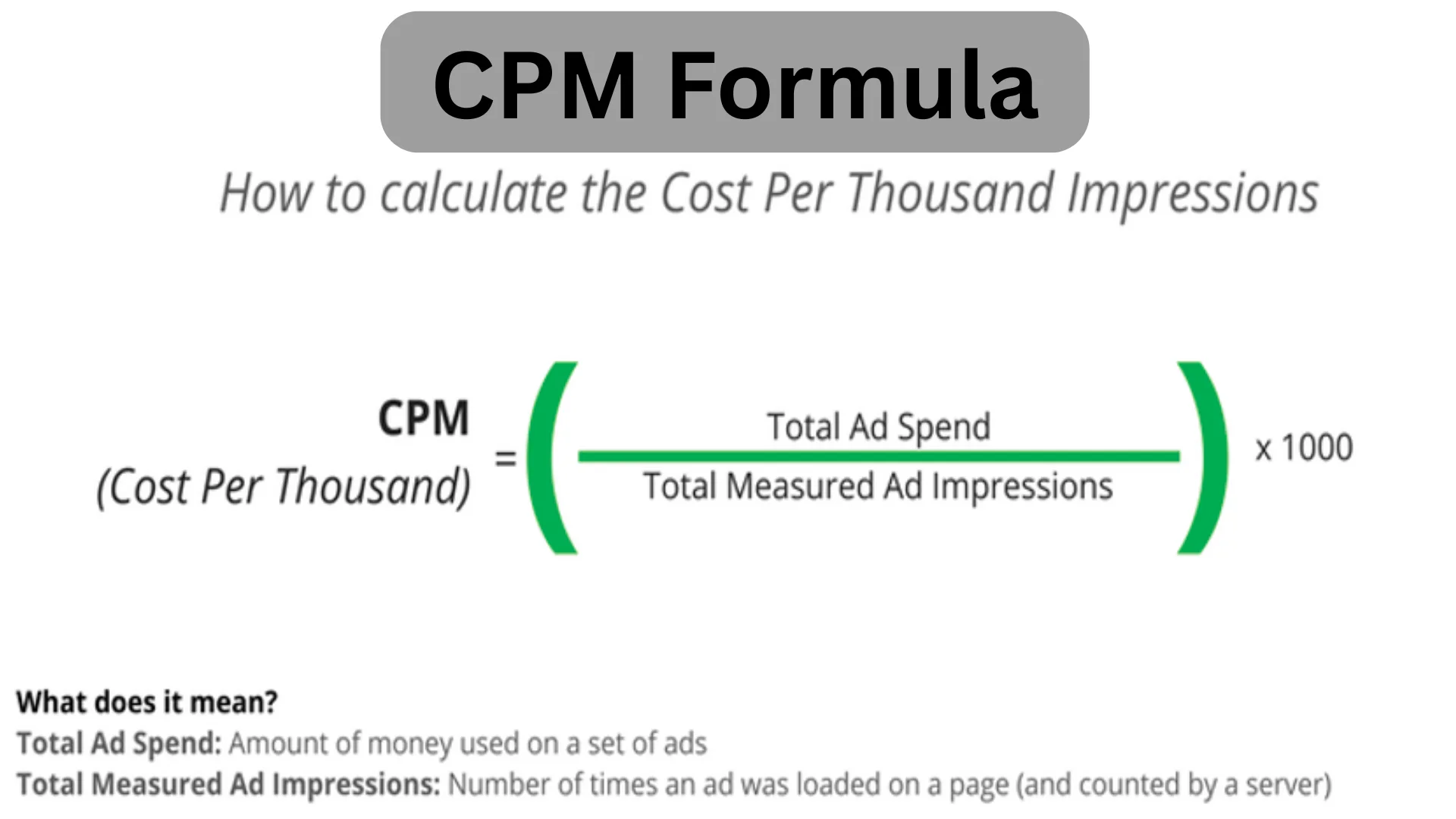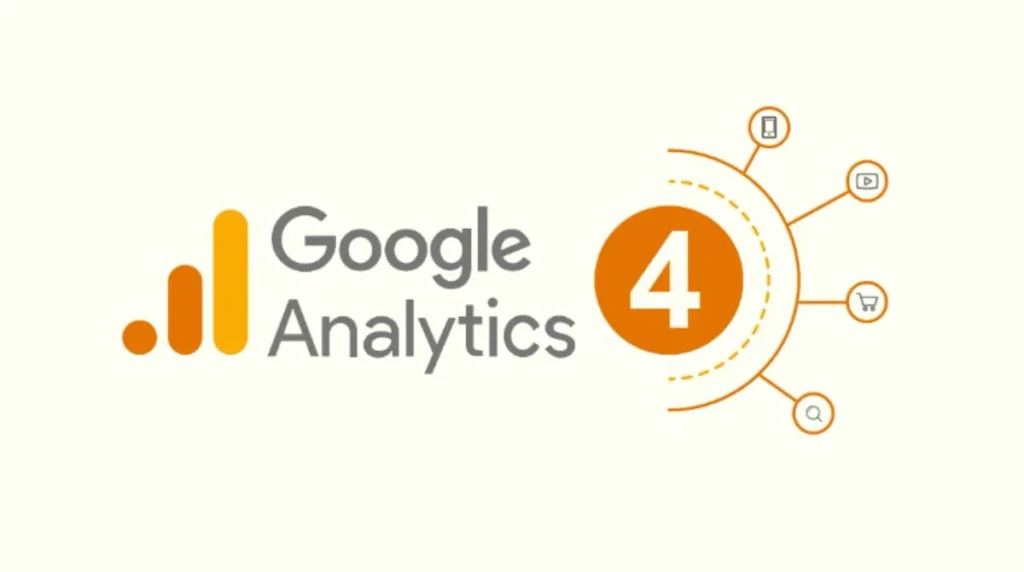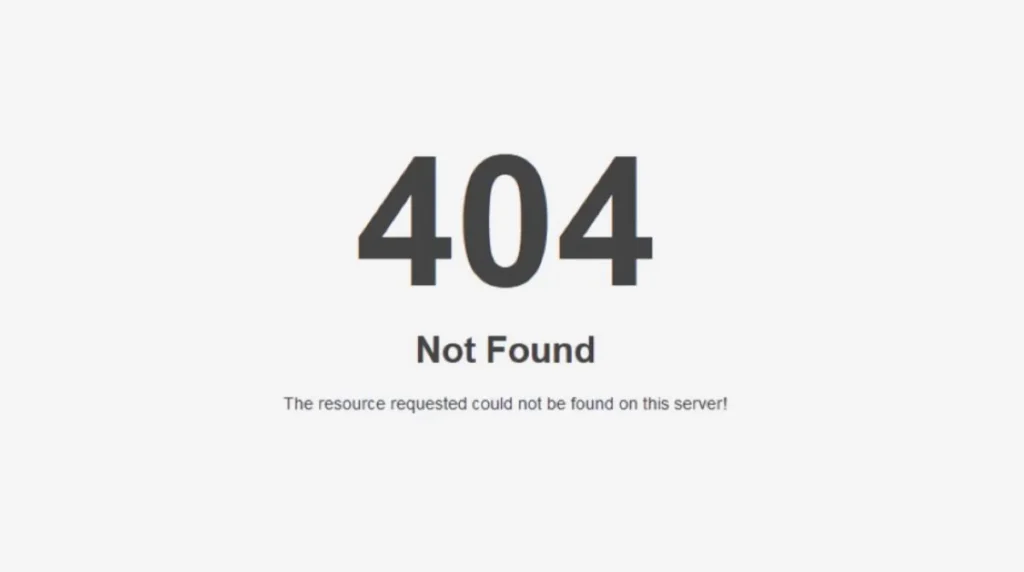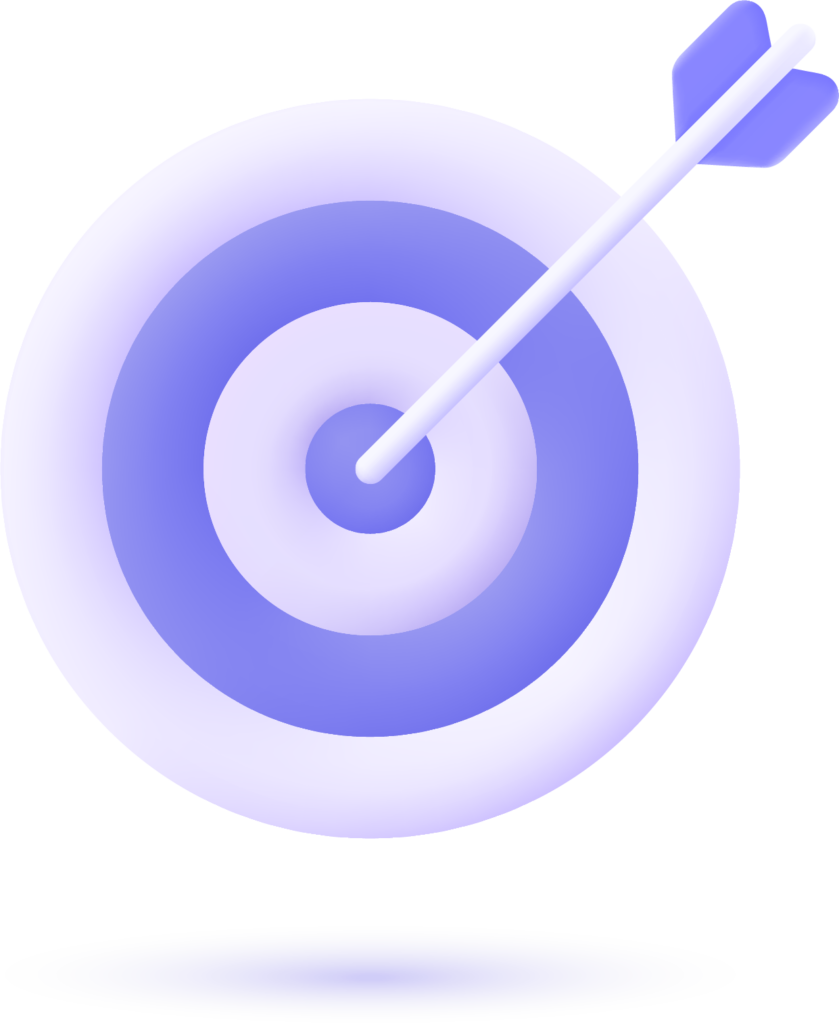What is Cost Per Impression (CPM)?
A measure called Cost Per Impression (CPI) determines how much an advertiser must pay each time a user sees their ad. When we talk about Cost Per Mille (CPM), “mille” is Latin for “thousand,” so CPM refers to the cost for every 1,000 impressions.
Put more simply, your CPM is the price you pay for per 1,000 views of your advertisement. This model is particularly useful for campaigns aimed at increasing brand awareness rather than immediate conversions.
How to Calculate CPM?
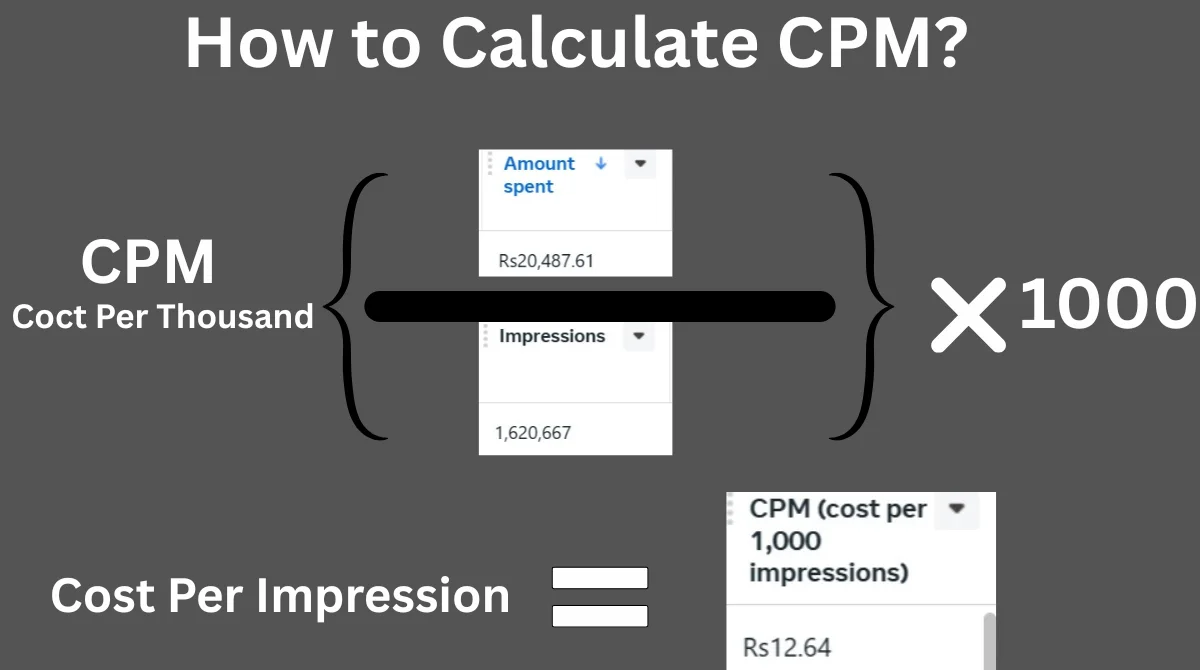
Calculating CPM is straightforward. The formula is:
- CPM is equal to (Total Impressions / Total Advertising Cost) times 1,000.
- For example, if you spend $200 on an ad campaign that receives 50,000 impressions:
- ($200 / 50,000) × 1,000 = $4 is the CPM.
- This means you’re paying $4 for every 1,000 times your ad is displayed.
Why Use CPM?
When maximizing exposure is the aim, CPM is quite helpful.It’s commonly used in:
- Campaigns for Brand Awareness: When getting your brand in front of as many people as possible is the goal.
- Display Advertising: Such as banner ads on websites where clicks are less frequent, but visibility is high.
- Social Media Advertising: Platforms like Facebook and Instagram often use CPM models for sponsored posts.
Factors Influencing CPM Rates
Several factors can affect your CPM rates:
- Industry: Different industries have varying average CPM rates. Because the industry is so competitive, the finance and insurance sectors, for example, frequently have higher CPMs.
- Target Audience: Narrowing down your audience to specific demographics can increase CPM as you’re competing for a more targeted group.
- Ad Placement: Ads placed in premium spots on a webpage or app can command higher CPMs.
- Seasonality: Advertising costs can spike during peak seasons like holidays due to increased competition.
- Geographical Location: Targeting users in certain countries or regions can affect CPM rates based on demand and purchasing power.
- Device Type: Ads served on mobile devices may have different CPMs compared to desktop due to user behavior and engagement levels.
Optimizing Your CPM
Take into account the following tactics to maximize your advertising budget:
- Improve Ad Quality: Engaging and relevant ads can lead to better user interaction, potentially lowering your CPM.
- Refine Targeting: Use data to target audiences more likely to engage with your ads, improving efficiency.
- A/B testing: Try out various ad positions and creatives to determine which produces the highest CPM.
- Monitor and Adjust: Regularly review campaign performance and make necessary adjustments to optimize results.
CPM vs. Other Advertising Metrics
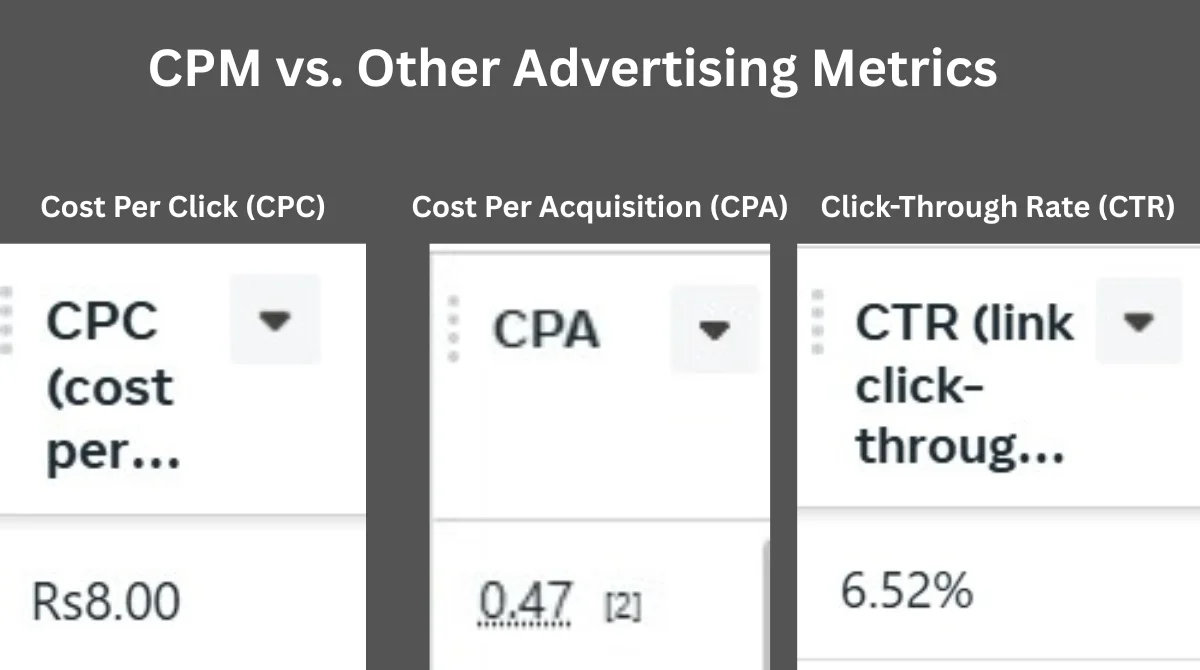
Understanding how CPM compares to other metrics is essential:
- Cost Per Click (CPC): Cost Per Click (CPC): Pays attention to how much it costs for each click on your advertisement. Ideal for campaigns aiming for direct responses.
- Cost Per Acquisition (CPA): calculates the price of acquiring a client. Useful for conversion-focused campaigns.
- Click-Through Rate (CTR): shows the frequency with which viewers click on your advertisement. A higher CTR can improve CPM efficiency.
Each metric serves a different purpose, and the choice depends on your campaign goals.
Real-World Example
Imagine you’re launching a new product and want to build brand awareness. You decide to run a display ad campaign with a budget of $1,000. Your ad receives 250,000 impressions.
CPM = ($1,000 / 250,000) × 1,000 = $4
This means you’re paying $4 for every 1,000 impressions, helping you gauge the cost-effectiveness of your campaign in reaching potential customers.
Utilizing CPM Calculators and Tools
When managing advertising campaigns, especially across multiple platforms, calculating your CPM manually each time can be time-consuming and prone to errors. That’s where CPM calculators and tools come in handy. These digital tools are designed to quickly compute your cost per thousand impressions based on the total cost of your campaign and the number of impressions it receives.
What is a CPM Calculator?
A CPM calculator is a simple online tool where you input:
- The total cost of your ad campaign
- The total number of impressions (views)
Once entered, the calculator automatically uses the formula:
CPM = (Total Cost / Total Impressions) × 1,000
This saves time and helps ensure accuracy, especially when working with large datasets or managing multiple campaigns simultaneously.
Benefits of Using CPM Tools
Using CPM calculators provides several advantages:
- Quick Calculations: Instantly get your CPM without doing manual math.
- Accurate Budgeting: Know how much you’re spending per 1,000 views and make smarter decisions.
- Campaign Comparisons: Easily compare the cost-efficiency of different campaigns or platforms.
- Optimization Insight: Spot high-cost or low-performance campaigns faster for immediate action.
Where to Find CPM Calculators?
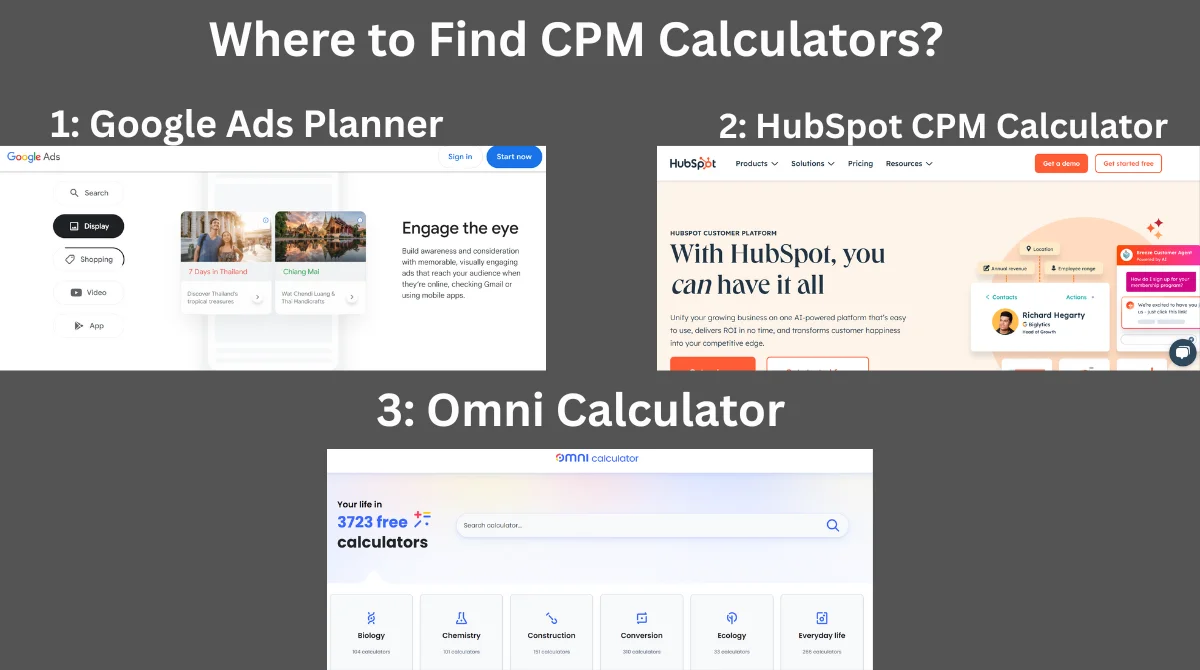
There are many free CPM calculator tools available online. Some of the popular ones include:
- Google Ads Planner: Though not a direct CPM calculator, it gives estimates based on audience and campaign inputs.
- HubSpot CPM Calculator: A free and easy-to-use calculator by HubSpot for quick computations.
- Omni Calculator: A versatile tool that includes a section for advertising metrics like CPM.
Many digital marketing platforms such as Facebook Ads Manager, Google Ads, and LinkedIn Ads also show your CPM automatically in the dashboard. These tools provide real-time data, allowing you to track how your cost per impression changes over time or with different targeting strategies.
Factors Influencing CPM Rates Across Industries
While we’ve discussed general factors that influence CPM, it’s important to understand how different industries experience varying CPM rates based on demand, competition, and audience value. Advertisers in one field may consistently see higher or lower CPMs than others due to how competitive their niche is and how much advertisers are willing to pay to reach certain audiences.
Why Industry Matters in CPM?
The cost to show your ad 1,000 times isn’t universal. CPM fluctuates heavily depending on what kind of products or services you’re advertising. This is largely influenced by:
- Audience value to advertisers
- Market saturation
- Buying intent of users
- Regulations or limitations on advertising
Here’s a breakdown of how CPM rates tend to vary across some major industries:
High-CPM Industries
These industries usually have a high customer lifetime value or significant competition, leading advertisers to pay more for visibility:
- Finance and Insurance: Due to high-value clients and stiff competition, CPMs here are often among the highest.
- Healthcare and Pharmaceuticals: Targeting health-conscious or patient-specific audiences increases CPM due to strict regulations and selective messaging.
- Technology and Software: High-budget B2B campaigns and product launches raise average CPMs.
- Real Estate: High-ticket products and strong buyer intent drive up the cost to advertise.
- Legal Services: Legal firms compete fiercely for attention, especially in areas like personal injury or corporate law.
Mid-Range CPM Industries
These industries have moderate competition and audience value, which makes CPMs more stable and predictable:
- Retail and E-commerce: Although competitive, product diversity allows for flexible CPM rates depending on the niche.
- Travel and Hospitality: Seasonal trends and audience targeting influence rates, but generally remain in the mid-range.
- Automotive: CPMs vary depending on whether the focus is on branding or sales, but often fall in the middle of the pricing scale.
Low-CPM Industries
Industries with broader, less competitive audiences and more general-interest ads tend to enjoy lower CPMs:
- Entertainment and Media: These ads often aim for engagement rather than conversions, keeping costs lower.
- Education and Online Learning (unless high-ticket): Many smaller institutions or platforms pay lower CPMs unless promoting high-value degrees or certifications.
- Food and Beverage: Unless it’s luxury-focused or niche-targeted, CPMs stay lower due to mass appeal and wide audiences.
Key Takeaways
- CPM varies not only by platform but also by what you’re advertising.
- Competitive, high-margin industries generally face higher CPMs.
- Because there is less bidding pressure, sectors with a broad appeal or a lifestyle focus can benefit from lower CPMs.
Understanding your industry’s typical CPM range helps set realistic expectations and plan your ad spend more efficiently. It also allows you to benchmark performance against competitors and identify whether your campaign costs are aligned with industry norms.
Comparing Average CPM Across Ad Platforms
When planning a digital marketing campaign, knowing how much you’ll pay for every 1,000 impressions on different platforms is key. Each platform whether it’s social media, a search engine, or a display network has its own pricing structure, audience behavior, and ad formats. Understanding average CPMs helps you pick the right platform for your goals and budget.
Average CPM by Platform
Here’s a quick overview of typical CPM rates across major advertising platforms:
- Facebook: $8–$12
Offers massive reach and precise targeting. CPMs vary with seasonality and audience filters but remain cost-effective for brand awareness and leads. - Instagram: $6–$10
Slightly lower CPMs than Facebook. Ideal for visually engaging ads. Reels and Story ads perform well in lifestyle and luxury markets. - YouTube: $10–$30
Higher CPMs due to premium video content. Best for deep engagement and storytelling campaigns. - TikTok: $5–$9
Competitive rates with high engagement among younger audiences. A great choice for trend-based and creative ads. - LinkedIn: $25–$50
One of the highest CPMs. Worth it for B2B ads targeting professionals and executives. - Twitter (X): $6–$10
Solid for real-time conversations and trending content. CPMs are moderate, with fast user interaction. - Pinterest: $3–$6
Low CPM and strong visibility for eCommerce brands, especially in fashion, home décor, and DIY niches.
Google Display Network (GDN): $2–$5
Highly affordable CPM with broad visibility across millions of websites, though engagement can vary.
Conclusion
Advertisers who want to optimize their reach and efficiently manage their budgets must comprehend and compute CPM. By considering the factors that influence CPM and implementing optimization strategies, you can enhance the performance of your advertising campaigns and achieve your marketing objectives.

